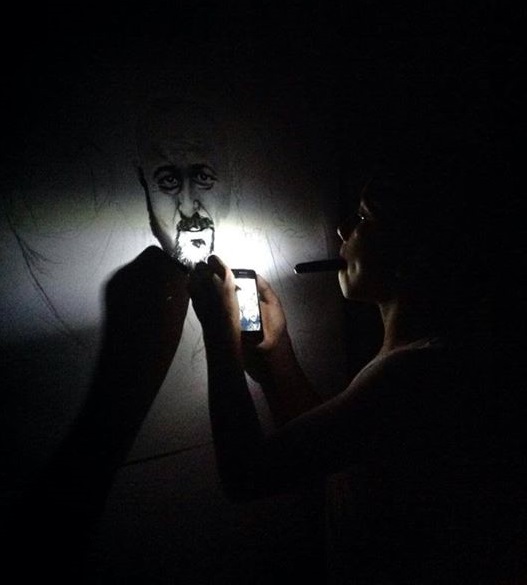
By Rowaida Abdelaziz
Nicknamed the “Picasso of Palestine,” 13-year-old Mohammad Quraiqe’s tiny fingers and thought-provoking pieces of art capture more than just the faces of his community.
From the delicate, wise wrinkles lining the face of an old Palestinian man to his more abstract works of ordinary objects around him, Mohammed’s remarkable artwork has already proven to be more than just a hobby. It is a fascinating window providing insights into the lives of the Palestinian people, through the eyes of a young artist.
Taking after his older brother, Mohammad began to paint at the tender age of five with an immense and apparent talent. Since then the caliber, quality and popularity of his work began to skyrocket.
Born and raised under the occupation, this gifted artist grew up in the midst of hardships. Currently living in the Shujeya refugee camp, a neighborhood that suffered through a massive airstrike campaign by Israel in July 2014, Mohammad has witnessed a myriad of adversity for a teenager his age, having lived through both the 2006 and 2012 wars.
Providing him with the tools for expression, art allowed him to articulate his emotions, both good and painful, through the power of imagery.
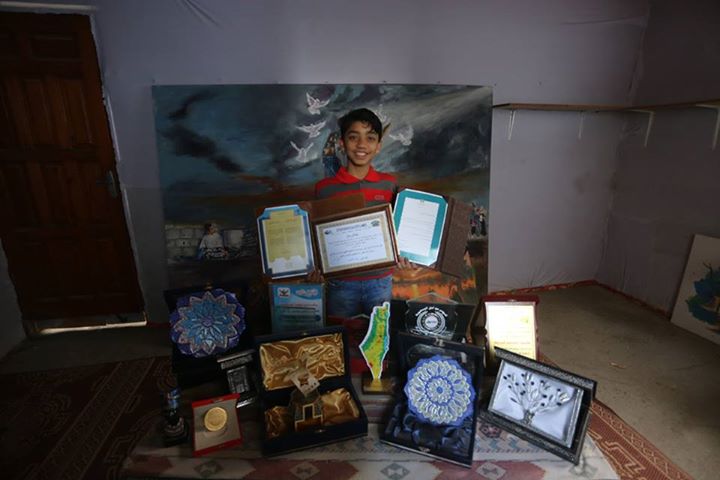
“I am a quiet boy, and reflect my madness only in my paintings,” said Mohammad.
He says his first ‘real’ painting was one of a Palestinian woman raising her hands in prayer with the caption “Enough!” – a representation of the bottled-up frustration felt by many Palestinians living under occupation.
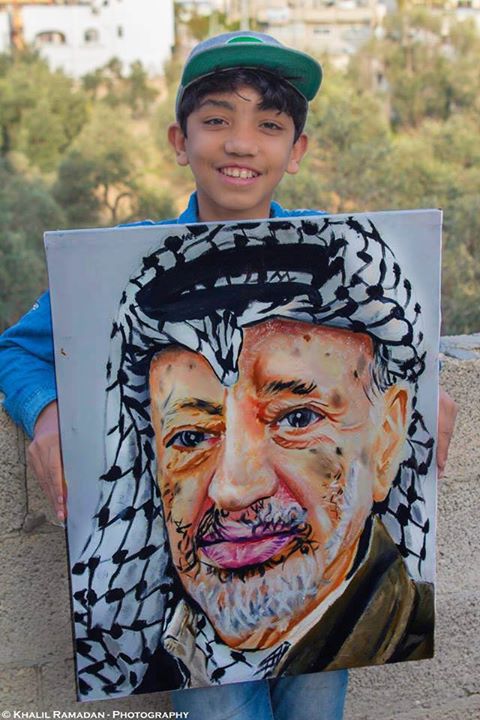
Among Quraiqe’s most popular portraits include political leaders such as Yasser Arafat of the Palestine Liberation Organization and Sheikh Ahmed Yassin. He also regularly paints portraits of the local Palestinians for compensation although he admits that he prefers to paint and draw landscapes over portraits.
Despite the obvious hardships the occupation brings to the Quraiqe’s work, it also affects his accessibility to resources. His art supplies cost a hefty 45 New Israeli Shekels or approximately 11.67 U.S. dollars.
“That’s double the price of anywhere else in the world, and the product is of lower quality too,” said Mohammad.
Still, Mohammad continues to utilize what he can to continue doing what he does best.
“When paints were not allowed to come through into Gaza, I used coffee, sand and glue as an alternative,” he said. He also attempted to sell his work outside of the Gaza Strip but was unsuccessful due to the strict supply movement going in and out of the area.
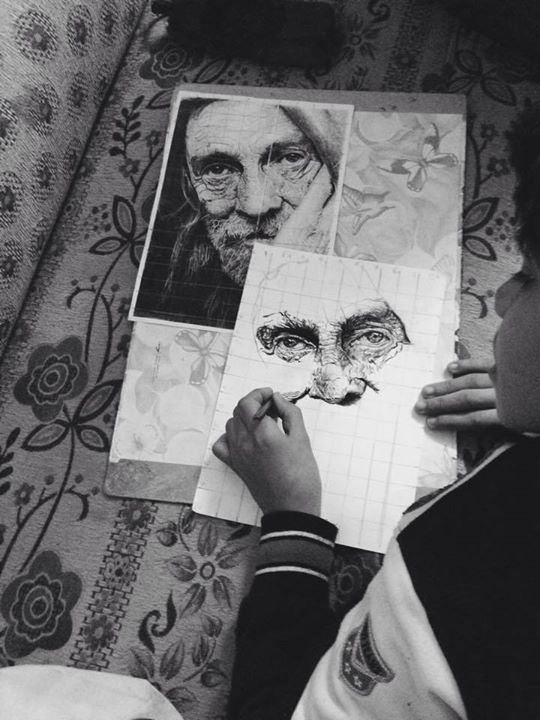
In order to go beyond Palestine’s borders and exhibit his work worldwide, Mohammad also turned to social media, winning support from numerous countries and giving him the opportunity to travel and meet state officials to broadcast his work. Securing visas through his fans, he made a brief trip to Tunisia during the ceasefire last year. His work has also been showcased in other countries including Turkey and Iran. As his popularity grows, Mohammad has no shortage of commissions and requests from buyers. He has also been able to participate in several competitions, often with adults, to promote his work and the vital message he hopes to weave in to every work he creates.
“I dream of telling the world about Palestine and its people, its prisoners, its children. Foreigners do not understand our language but they can understand us through painting,” Mohammad said.
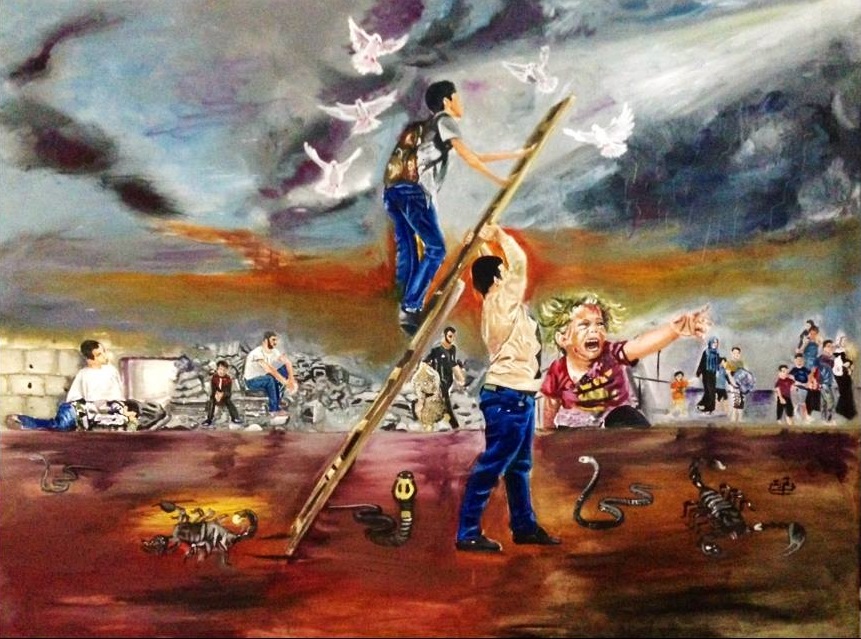
He also applied to enter the Guinness Book of Records for the highest number of portraits drawn over one week. In order to win, he must create 100 portraits in a single week.
Mohammad hopes to continue to utilize his talents and inspire children like himself in Shujeya and other refugee campus. Every stroke of his brush brimming with emotion and resistance, he continues to paint a vivid pathway to represent the Palestinian people in a way that isn’t usually portrayed or seen by people around the world.
“Through art, we can be ambassadors to the world,” said Mohammad. “One painting can capture the hearts of millions.”



















He is amazing. Mashallah! He deserves to be shown in a gallery anywhere in the world. Cool story.